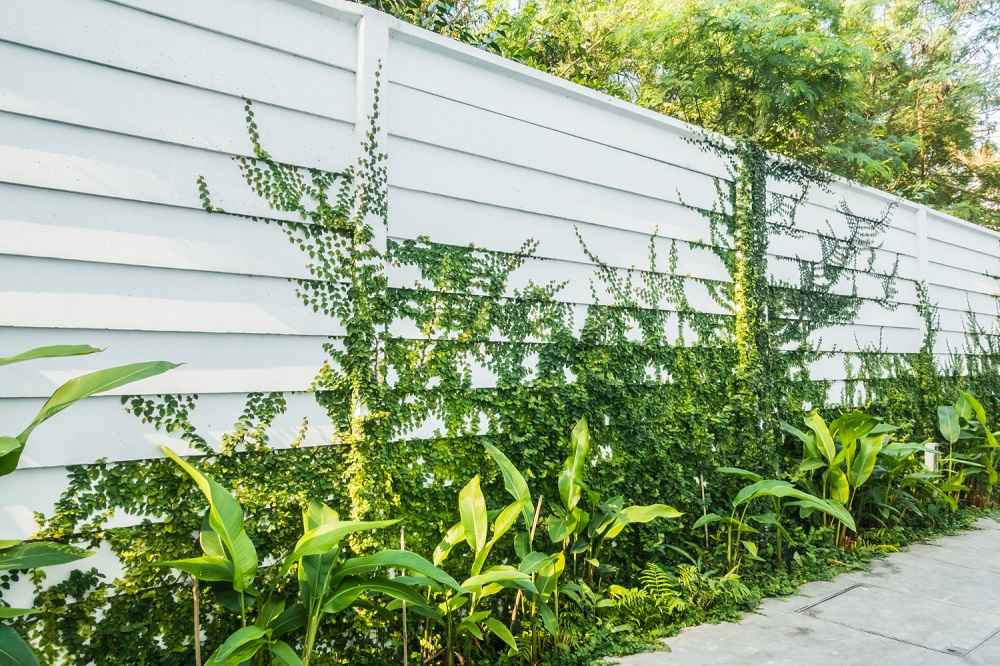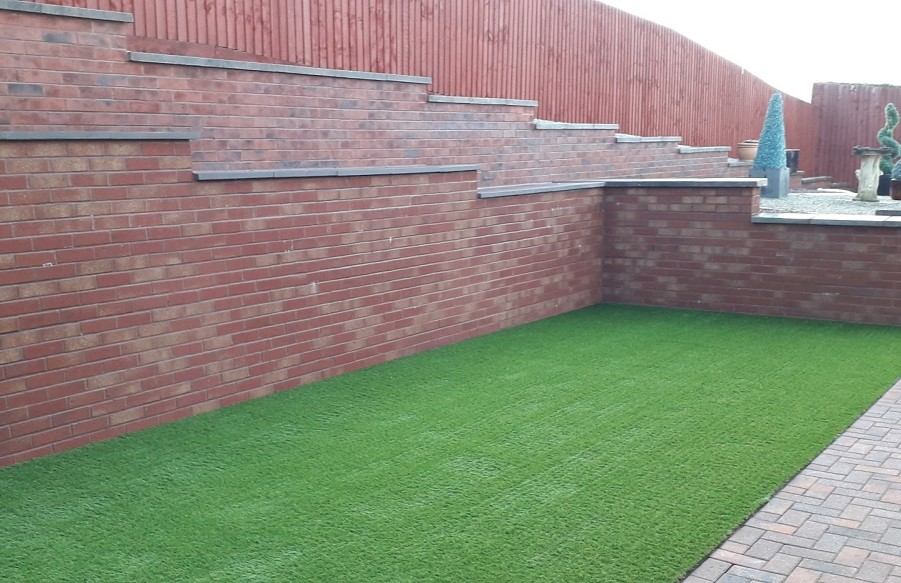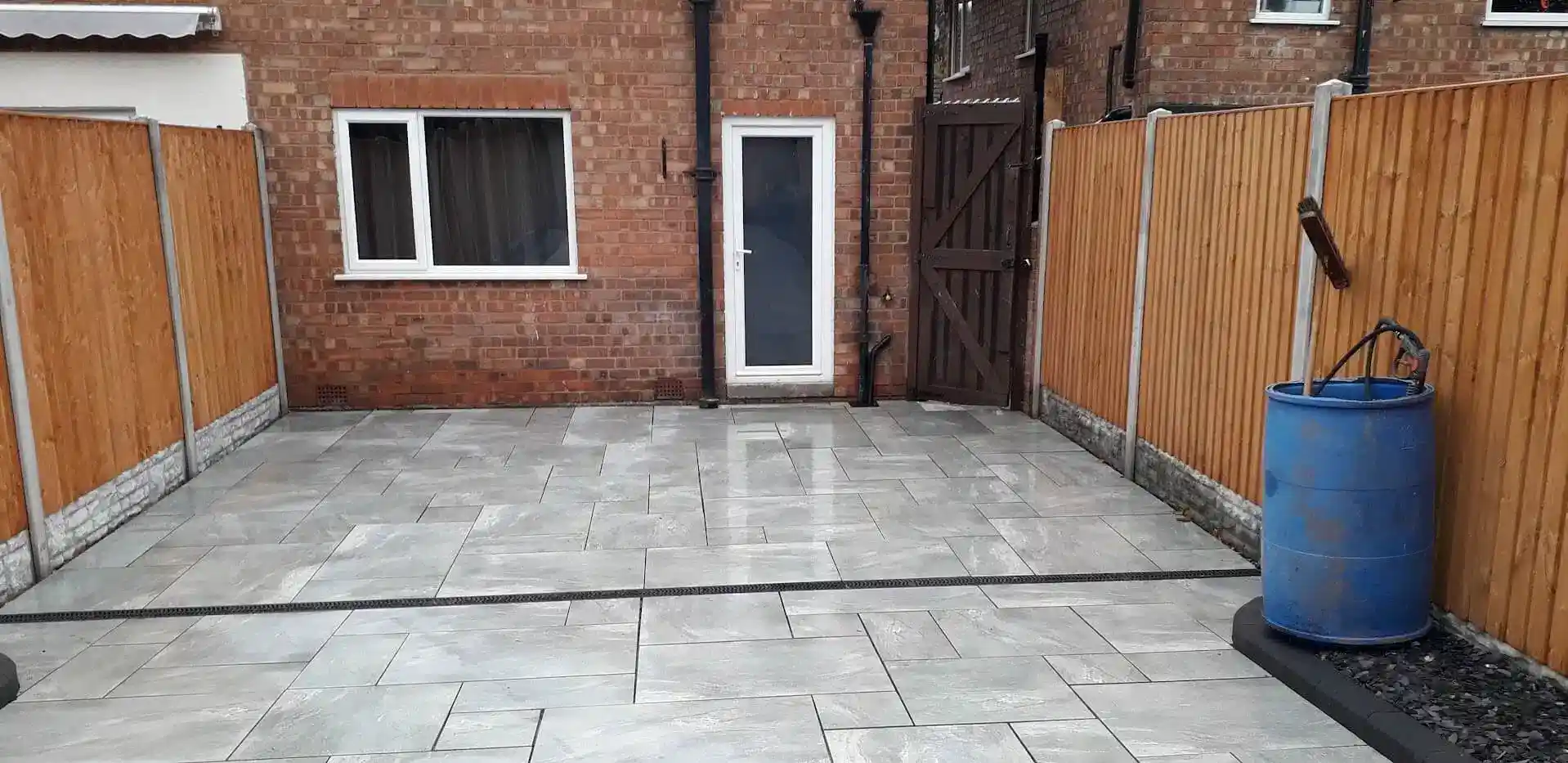What is Garden Landscaping?
Garden landscaping is the art of creating, modifying, and enhancing the garden space. It is done so to make your garden more visually appealing, practical and sustainable. It’s a combination of science and creativity to produce stunning and functional outdoor spaces.
Whether you are planting flowers or trees or installing patios or paths, garden landscaping creates an environment that fits your preferences and is essential for practical use.
Components of Garden Landscaping
Garden landscaping is not just about the planting of greenery. It also includes building visually striking structures for your garden space. It is divided into two components, i.e.:
Hardscaping
Hard landscaping consists of the non-living elements which are used to design outdoor spaces. Hard landscaping is used to enhance the functional space and aesthetics of your garden. It is a key part of any outdoor transformation. Below are some hardscaping elements
Pathways
They are made to define the garden view and layout. They allow you to move around and admire the view.
Patios
They provide you with a functional outdoor space where you can dine, have entertainment, or retreat after a long working day.
Drainage System
A well-designed drainage system is installed to keep the water away from the structure and keep the environment appealing.
Water Features
Water features like ponds, fountains, and streams can be added to elevate the visual appeal of the garden. They provide a sense of calmness and a natural aesthetics.
Retaining Walls
Retaining walls can provide support to the soil in slopy areas, preventing it from sliding. They allow you to design a multi-level garden.
Soft Landscaping
Soft landscaping refers to the use of living components that add design, colour, texture and an appealing look to the outdoor spaces. These components undergo changes every season when they bloom and grow.
Plants
Living elements like plants, trees, flowers, grass, shrubs and bushes. All of these living elements provide their own benefits, such as vibrant colours, seasonal beauty, shade, boundary, and privacy.
Soil
Rich soil is added to the ground, which ensures the optimal growth of plants.
Benefits of Garden Landscaping
Garden landscaping brings the following benefits:
Aesthetic Appeal
Garden landscaping elevates the aesthetics of your home. A well-maintained garden provides an elegant and welcoming environment.
Property Value Increase
Garden landscaping increases the property value. Any buyer would be willing to give a high amount for the property when they see a well-designed garden landscape.
Outdoor Function
It provides you with more functional outdoor space. You can use the outdoor space for activities like entertainment, dining, or relaxation.
Improved Hygiene
Sitting in a garden landscape gives you fresh air. This reduces your stress and improves your mental health. Outdoor space also provides you space for exercises like yoga or cardio.
Home for Wildlife
A maintained garden landscape gives a new home to animals and insects. This brings shelter, food and aesthetics to your outdoor space.

Challenges in Garden Landscaping
Even though garden landscaping provides many benefits, there are still some challenges they face. Some of the challenges are:
Climate
Climate change is crucial for plants’ health. Not every plant can survive in all environments. You need to carefully consider your choice of plant based on your environment to sustain a good garden landscape.
Cost
Garden landscaping is not a cheap investment. The hardscape materials are expensive, and they require professionals to do the work.
Maintenance
A garden cannot survive on its own. It requires proper care and maintenance. Without maintenance, the garden will lose its life and beauty. They need watering, trimming, and weeding from time to time to maintain their best condition.
Poor Drainage
Poor drainage can cause muddy patches and water overflow. This can damage the plant’s health and make the pathway dangerous to walk.
How to Design Ground Landscaping Design
Following is the step-by-step guide on how to design ground landscaping design:
Site Assessment
It is crucial to assess the available space and design a garden accordingly. Some factors, such as soil quality, climate, and drainage system, should also be considered. This will help you in deciding which plants you need to add to your landscape to ensure a healthy lifespan.
Design
You can design your outdoor space according to your preferences. However, don’t forget to take note of the available space when adding design elements.
Hardscaping
Use materials for the hardscaping which are according to your budget or your likeness. Choose from the materials that are more suitable for your outdoor space and provide you with better movement.
Plant Selection
After the hardscaping planning is done, you need to decide what plants you want to add to your outdoor space to provide an aesthetic and appealing look.
Construction
After everything is planned and decided, you need to move into the construction phase. Here, you construct the foundation of your ground landscape and prepare soil for planting.
Maintenance
After the construction is done and everything is completed, the maintenance stage comes next. Proper and routine maintenance is needed for a healthy and prolonged lifespan of garden landscaping.
Conclusion
Garden landscaping is the art of creation, providing your outdoor space with an aesthetic and appealing vibe. It provides your outdoor space beauty along with benefits. A visually appealing garden will provide you with a tranquil retreat after a hectic day at work. It will also increase your home value. If you are planning to add a garden to your home, you can contact Edge to Edge Landscaping for professional consultation and construction.



